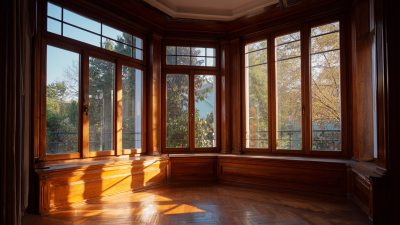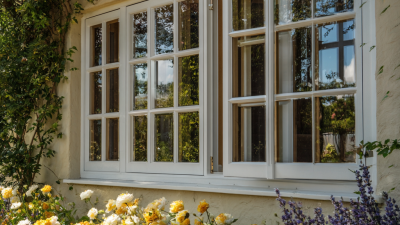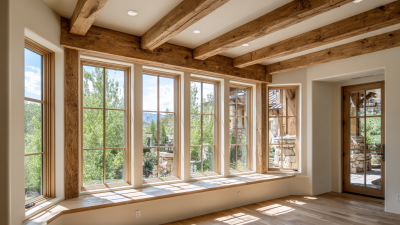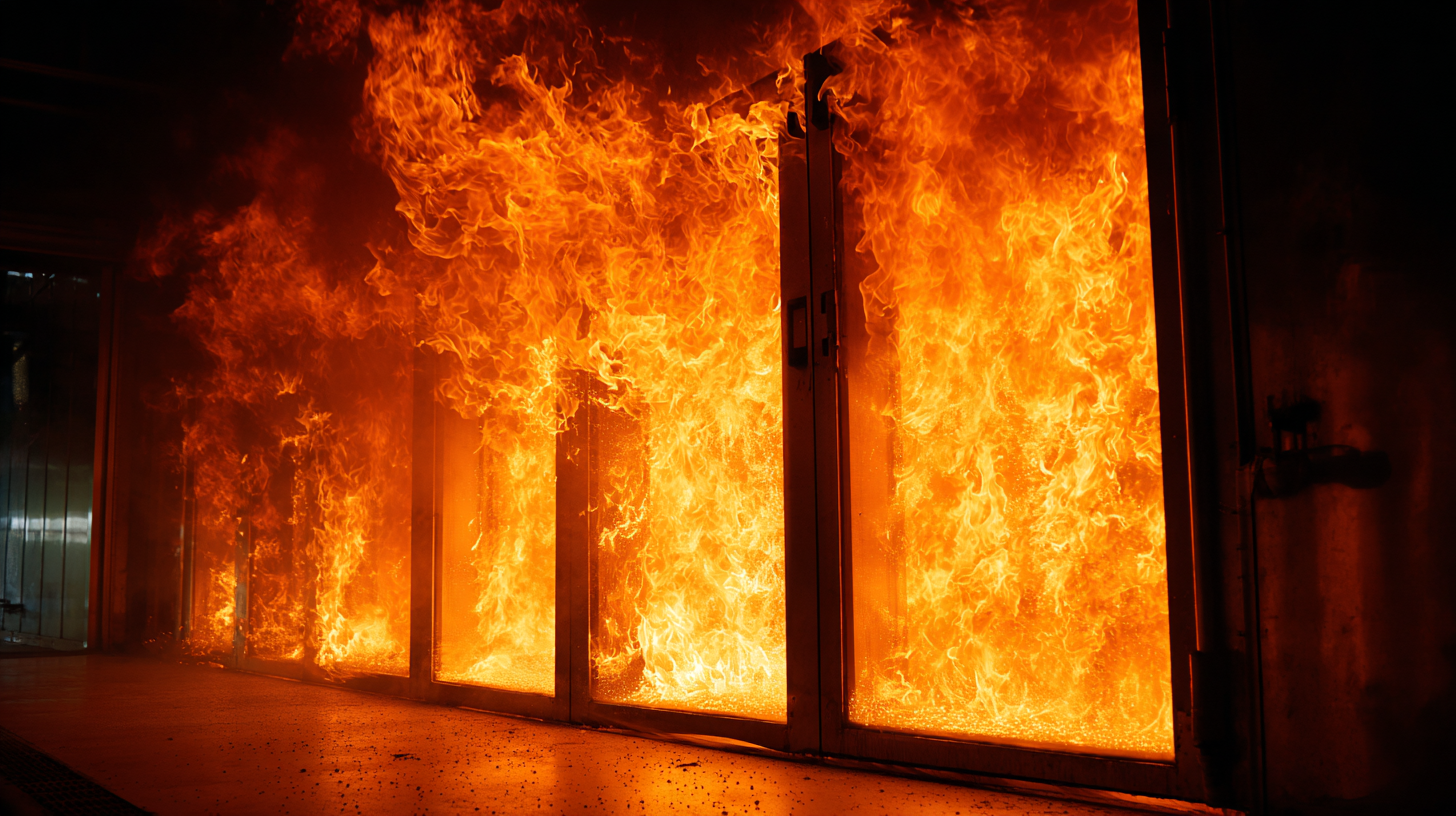 In today's increasingly safety-conscious construction landscape, the importance of selecting the appropriate Fire Resisting Windows cannot be overstated. According to the National Fire Protection Association (NFPA), over 3,000 lives are lost annually due to fire-related incidents, emphasizing the critical role that fire protection measures play in safeguarding both residential and commercial properties. Fire Resisting Windows not only enhance the aesthetic appeal of a building but are also engineered to withstand extreme temperatures and prevent the spread of flames, significantly contributing to overall fire safety.
A recent report by the Fire Research Institute highlights that buildings equipped with high-performance fire-resistant glazing can reduce damage and loss in the event of a fire by up to 50%. Therefore, understanding the key factors in choosing the right Fire Resisting Windows is essential for architects, builders, and homeowners alike, ensuring effective fire protection without compromising on design or functionality.
In today's increasingly safety-conscious construction landscape, the importance of selecting the appropriate Fire Resisting Windows cannot be overstated. According to the National Fire Protection Association (NFPA), over 3,000 lives are lost annually due to fire-related incidents, emphasizing the critical role that fire protection measures play in safeguarding both residential and commercial properties. Fire Resisting Windows not only enhance the aesthetic appeal of a building but are also engineered to withstand extreme temperatures and prevent the spread of flames, significantly contributing to overall fire safety.
A recent report by the Fire Research Institute highlights that buildings equipped with high-performance fire-resistant glazing can reduce damage and loss in the event of a fire by up to 50%. Therefore, understanding the key factors in choosing the right Fire Resisting Windows is essential for architects, builders, and homeowners alike, ensuring effective fire protection without compromising on design or functionality.
When selecting fire resisting windows, certain key characteristics are essential to ensure maximum protection. One of the most critical features is the window's fire rating, which indicates the duration for which the window can withstand exposure to flames and heat. Look for windows that have been tested and certified according to relevant standards, such as the National Fire Protection Association (NFPA) or Underwriters Laboratories (UL). A higher fire rating typically means better performance in a fire scenario, providing more time for evacuation and reducing the risk of smoke and flames entering a building.
Additionally, the material used in the window construction plays a significant role in its fire resistance. Opt for windows made from non-combustible materials, such as fiberglass or specially treated aluminum, which can offer better protection compared to standard materials like wood or vinyl. It's also essential to consider the design, as windows with thermal barriers can help prevent heat transfer, maintaining their integrity during a fire. Ultimately, these characteristics not only enhance safety but also contribute to the overall resilience of a structure in the event of a fire emergency.
When selecting fire resisting windows, understanding fire ratings is crucial. Fire ratings are designated by the ability of a window to withstand flames, heat, and smoke, which are vital determinants in safeguarding your property during a fire. Typically, these ratings stem from standardized tests that measure how long a window can maintain its structural integrity and limit the spread of fire. This information will guide homeowners and builders in selecting products that not only meet local code requirements but also provide a layer of security against potential fire hazards.
Different fire ratings categorize windows as either 20, 45, 60, or 90 minutes of resistance, and knowing these distinctions can significantly influence your decision. For example, a window rated for 90 minutes provides more extended protection compared to one rated for 20 minutes, making it a better choice for homes in areas prone to wildfires. Moreover, it’s essential to consider the materials used in the windows. Tempered glass, for instance, offers better resistance compared to standard glass, thereby enhancing your overall fire safety. By carefully evaluating fire ratings and the materials used, you can select the right fire resisting windows that align with your safety goals and environmental conditions.
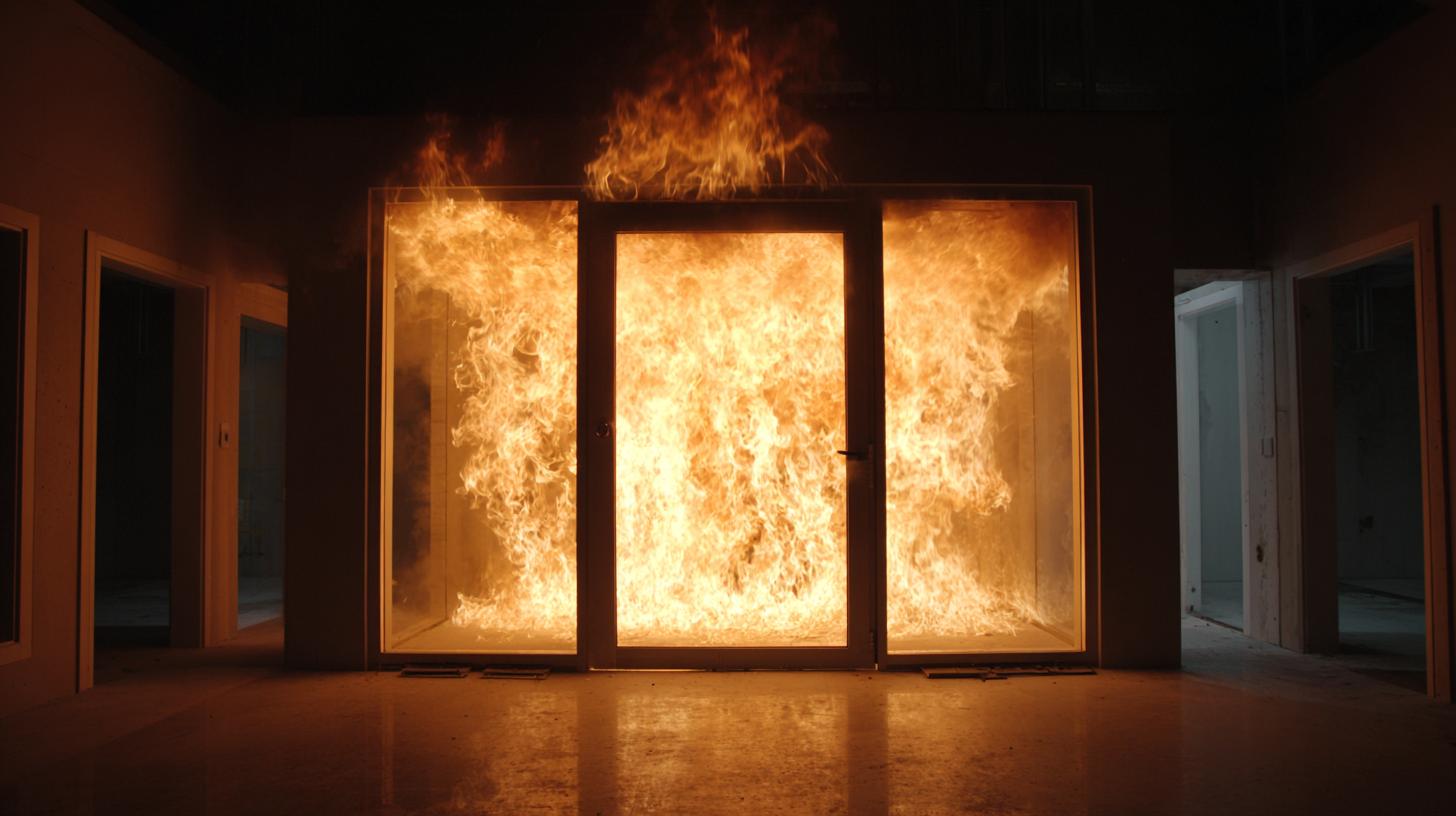
When it comes to choosing fire resisting windows, the material used is paramount. According to the National Fire Protection Association (NFPA), the choice of materials can significantly impact fire performance and building safety. Glass options such as tempered and laminated safety glass are highly recommended as they can withstand high temperatures and provide a barrier against flames. Research suggests that tempered glass can retain its integrity at temperatures up to 1200°F, making it suitable for most high-risk environments.
Another crucial material to consider is the frame. Aluminum frames are often preferred due to their durability and resistance to warping under extreme heat. A study by the International Code Council shows that properly installed aluminum frames can improve a building's fire rating by extending the time it takes for the fire to penetrate the window structure. It’s essential to ensure that the windows adhere to local fire codes and guidelines, which emphasize the efficacy of materials used in fire-resistant installations.
Tip 1: Always check for certifications from recognized bodies like Underwriters Laboratories (UL) to ensure the materials meet industry standards. Tip 2: Incorporate fire-resistant coatings, which can further enhance the thermal performance of your windows and reduce the transmission of heat to the interior. By thoughtfully selecting materials, you can create safer environments while maintaining aesthetic appeal.
When it comes to enhancing the fire resistance of your property, the installation of fire resisting windows plays a pivotal role. One of the crucial best practices is ensuring that the frames are securely anchored to the surrounding structure. This is vital because an improper installation can compromise the window's integrity and reduce its effectiveness in a fire scenario. Utilizing fire-rated sealants around the edges can also help to prevent smoke and flames from penetrating the gaps, providing an additional layer of protection.
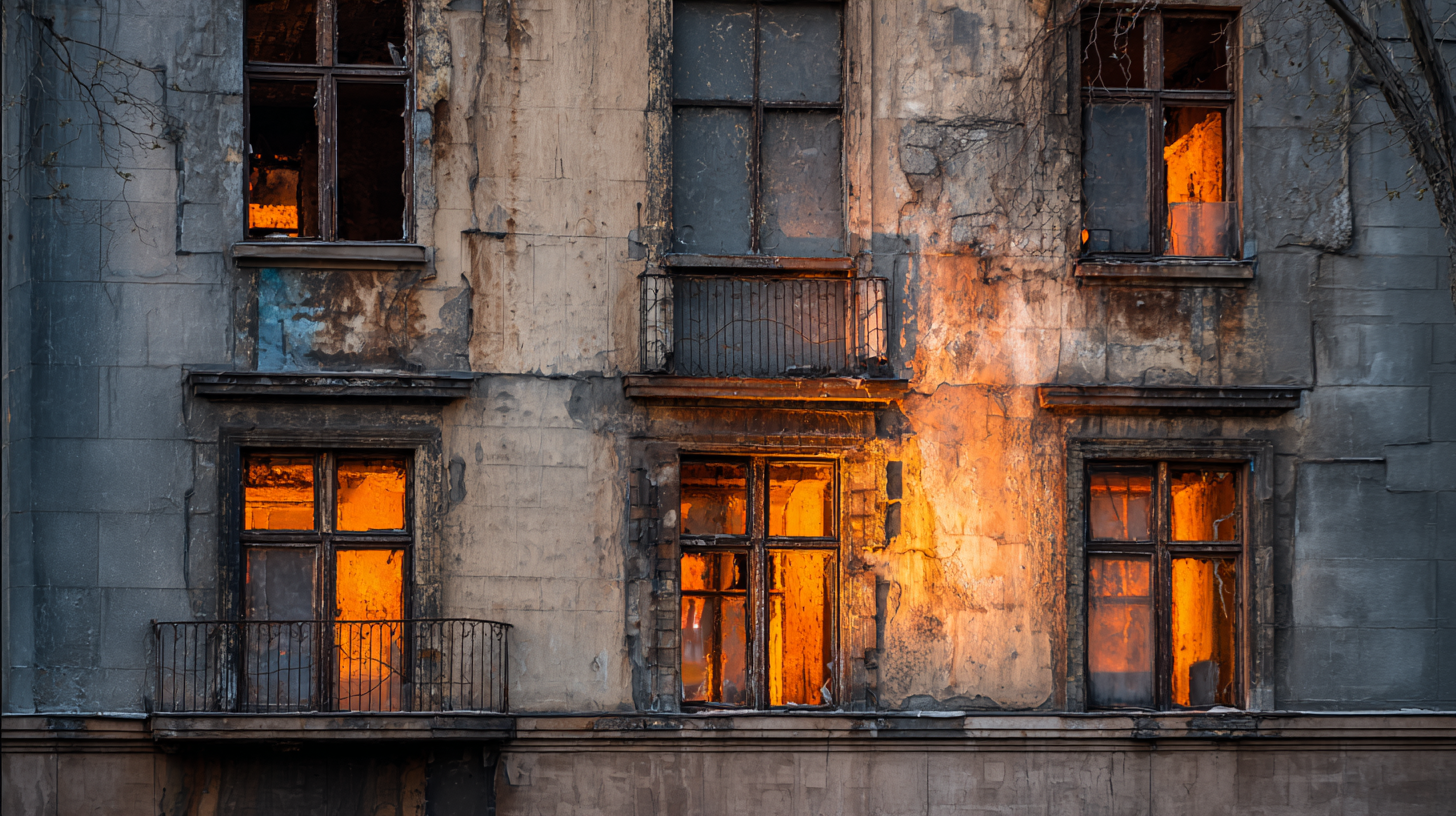
Another important aspect of installation is to maintain proper clearances and alignments. Windows should fit snugly within their frames, with no excessive gaps that could allow heat transfer. Additionally, it's essential to choose the right materials for both the window and the frame, as not all combinations can withstand extreme temperatures. Regular inspections and maintenance are also recommended to ensure that any wear and tear does not impede the window's fire-resistant properties.
By adhering to these best practices, you can significantly enhance the safety of your building during a fire emergency.
When it comes to selecting fire resisting windows, one of the most crucial factors to consider is your budget. Often, homeowners find themselves torn between the cost of high-quality materials and the need to ensure safety. Investing in fire resistant windows may involve a higher upfront cost, but the long-term benefits and peace of mind they provide can outweigh the initial expenditure. Understanding that cheap alternatives can lead to potential risks might help shift your focus towards options that offer both safety and durability.
Another important aspect of balancing cost and safety is recognizing the potential for insurance savings. Installing fire resistant windows can enhance your property’s resilience against fire hazards, which may lead to lower insurance premiums. It's worth researching various brands and materials that meet safety standards while fitting your financial plan. Resources like Jisc's IT cost management guidelines can be a useful reference point, showing how prioritizing quality investments can result in better overall return and reliability in protecting your home.
| Window Type | Cost Range ($) | Fire Rating | Energy Efficiency Rating | Warranty Period (Years) |
|---|---|---|---|---|
| Double Glazed Fire Resistant | 500 - 800 | 30 minutes | Low-E (Energy Star) | 10 |
| Triple Glazed Fire Resistant | 800 - 1200 | 60 minutes | High-Performance | 15 |
| Fire Resistant Laminated | 600 - 900 | 30 minutes | Medium-Efficient | 5 |
| Steel Framed Fire Resistant | 1000 - 1500 | 120 minutes | Low-E (Energy Star) | 20 |
| Aluminum Fire Rated Window | 700 - 1100 | 60 minutes | High-Efficient | 10 |

